This April marks three years since the government introduced Shared Parental Leave. But what is it and why should you consider it?
Shared Parental Leave, or SPL, means that both parents are entitled to share time off work for 52 weeks after their baby is born, or placed with them in the case of adopted babies.
It’s a great way for both parents to spend time with their baby soon after it’s born, and it can help ease the transition for mums back into the workplace.
As it was only introduced by the government in April 2015, you may not have heard of it, even if you have children already. Here we look at exactly what it means and if your family could benefit from it.
With SPL, parents can choose to divide a year’s leave after the birth of their child. Parents can take leave at the same time, or take it in turns.
However, the mum must by law take the first two weeks off to be with her baby immediately after the birth (for factory workers, this can be four weeks or more).
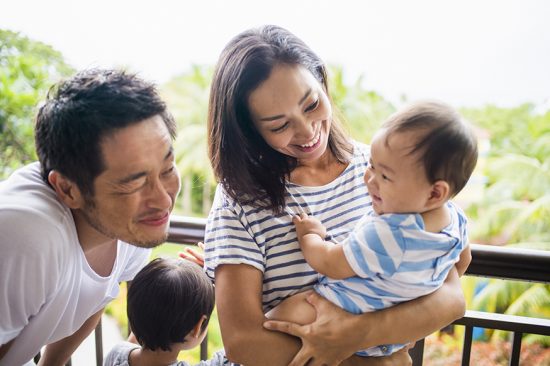
SPL can help dads or other partners bond with their children for a longer period at home, rather than just feeling like they see their children in the evenings and at weekends.
Many mums feel they benefit from being able to return to the workplace sooner without having to put their children into childcare. This can help them feel less out of the work ‘loop’.
Because each parent can split the leave into up to three separate periods, it’s flexible and you can make it work for you.
For example, mum might take three months off work, then go back to work for three months while her partner stays at home, then take another three months off.
Some people say they can afford to take more parental leave in total than they would if only one person were taking leave. This may be the case where mum earns more than her partner, for example.
You can take SPL if you qualify for Statutory Maternity Leave or Adoption Pay
Yes, as long as you are entitled to Statutory Maternity Leave, Adoption Pay or Leave or Maternity allowance.
This means that you must have been continuously employed for 26 weeks continuing into the 15th week before your baby is due, or the week you’re matched with your adopted child.
Your partner must also have been working for at least 26 of the 66 weeks before your baby is due. They must have earned at least £30 in 13 of these weeks.
Both parents need to be responsible for the care of their child, and in a stable family relationship. It’s important to know that SPL can’t be used by other family members, such as grandparents or older children.
Parents can take off up to a year after the birth of their child. This can either be at the same time to benefit from time all together, or after one another to stretch out the time a parent is with their baby.
Remember that the total amount of time that both parents take off when added together cannot be more than 52 weeks. So, if parents take all or part of their SPL at the same time, they would need to return to work before their baby is 52 weeks old. However, many people feel the shared family time is worth using the leave together.
All parents who are in a stable family unit, whether that’s a same sex or different sex marriage, civil partnership, or partners jointly responsible for their child, can take it. You must meet the employment eligibility criteria above, however.
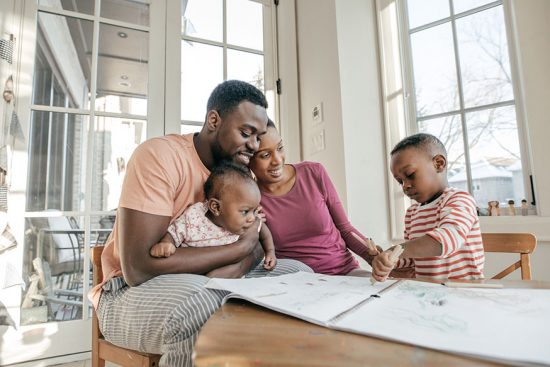
You do have to apply for SPL, and to do so you will also have to end your maternity leave to take the time as SPL instead. That might sound daunting, but it’s only to swap your maternity leave for SPL. You’ll still get time with your baby, but just in a different way.
You’ll need to give your employer a notice of entitlement and intention to start SPL, as well as a leave curtailment notice for the maternity leave. This must state the date you wish to end your leave period after the compulsory maternity leave period of two weeks.
If you’re eligible for SPL, each week you’ll be paid whichever is lower – £145.18 or 90% of your average weekly earnings.
Both partners will have the option of agreeing up to 20 paid days each with their employers during SPL. These are called Shared Parental Leave in Touch days, or SPLIT days.
As well as being a financial extra, these can help you feel more connected to your workplace and less out of touch when you go back. You can take these as well as the 10 Keeping In Touch, or KIT days, you are entitled to on maternity or adoption leave.
These couples decided to take SPL for different reasons. And they all found it worked for them, whether by being able to afford to take more time off with their baby, spending more quality time as a family or taking work opportunities they might have missed.
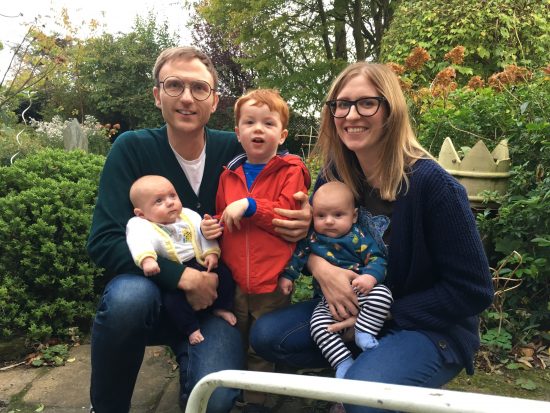
Rachel Eyre and James McConnell, both breast cancer research scientists, decided to take SPL when their six-month-old twins were born. Rachel took the first four months off work to look after Jack and Meg, and James took the second four months.
Taking SPL meant that Rachel could return to work more quickly, which in the competitive world of science meant she didn’t get left behind. It has helped the family dynamic, with both parents being responsible for decisions about how to look after the children.
As they had one child, Sam, already, they had a bit of a shock when they found out they were having twins. ‘We reasoned we both should be equally capable of caring for them,’ they say.
James was slightly apprehensive at first about looking after two babies on his own, and even had the odd comment about him being a Super-Dad for volunteering to look after his own children. But he feels lucky to have been able to spend so much time with the kids at such a young age. ‘I feel very bonded to them, I know their little ways and routines,’ he says.
‘SPL has worked brilliantly for us as a couple,’ they add. ‘It’s really felt like we’ve shared parenting of the twins right from day one… And it’s been beneficial for Sam as we’ve both had time and energy to dedicate activities for him.’
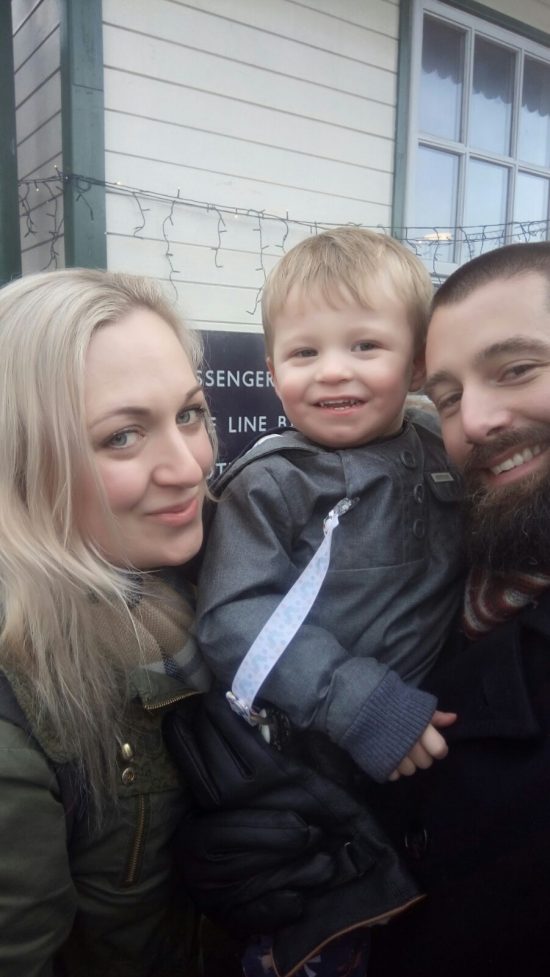
Joanne, a teacher and Nick, a former litigation officer, were the first people at both their workplaces to take SPL. They managed to work the SPL around the school summer holidays to maximise the time they had at home with their son, Albert.
Beforehand, the only concerns that Jo had were whether she, as a mother, would regret not taking more time off for herself, and how Nick’s employer would react.
But she and Nick now say the way it has worked is fantastic. ‘Our relationship is stronger than ever, as we both understand it’s not a competition between the person who works versus the person who stays at home.’
In fact, Nick enjoyed it so much that he decided to quit his job for good and become a stay-at-home dad. He says: ‘My ‘career’ has changed to a ‘job’ – but that is what I wanted! The month or so in which I was on SPL before quitting work did confirm it was the right choice for me.’
‘Without shared parental leave, I would have missed out on so much,’ he adds. ‘I would only have seen my young son on weekends and evenings. That wasn’t what I wanted.’
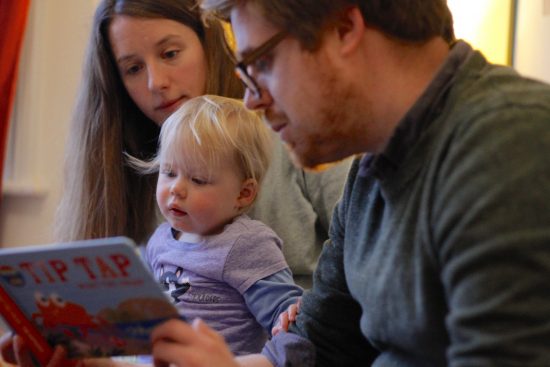
Leila, a charity worker, had been planning to take full maternity leave, until the opportunity of a promotion came up for her when she was pregnant with Pearl.
Instead, taking SPL meant that she could go back to work after 10 months and take up the opportunity while Tom took two months leave.
‘The greatest benefit for me was career-wise, not missing the opportunity that arose to go up a level at work,’ she says.
‘It was also nice to know I didn’t have to do the going back to work and putting Pearl into nursery all at the same time, because that can be quite a stressful period.’
At the same time, Tom, also a charity worker, found the experience rewarding, and it has given him confidence that he can look after their child as well as Leila. He also appreciates how much work goes into raising her, as well as the rewards.
Pearl is now comfortable with both parents, which helps family life. ‘It’s easier to have her attached to both of us equally,’ they say.
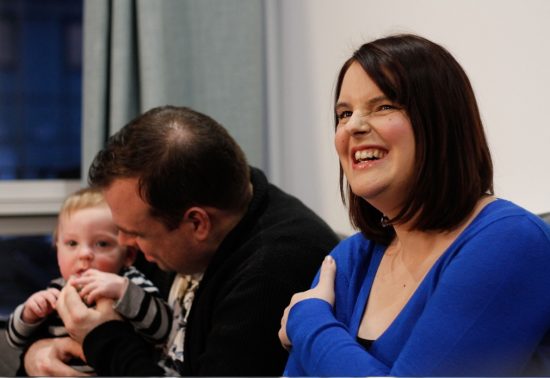
Victoria and Martin decided to split their SPL into chunks – with Victoria taking six months leave, followed by Martin taking the next three and then Victoria the last three.
It meant that between them, they had a whole year with baby Teddy, something they might not have been able to do otherwise.
Victoria says: ‘If it had just been me being on maternity, we probably would have struggled a bit more and I might have only just taken nine months rather than being able to do the full 12.’
She also felt that it helped her get back into the work place earlier and pick up from where she left off more easily, as she knows other people who have struggled.
As for Martin, he enjoyed the time with Teddy as when he is working, he only manages to spend the weekend with his son. He used the three months they spent together as an opportunity to learn baby sign language together!
Find out more about your rights under SPL.
Alternatively, visit the government website for more information.